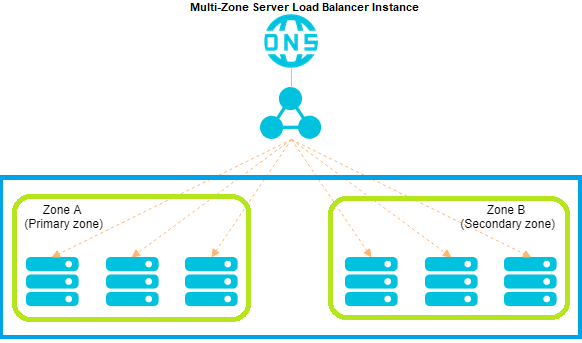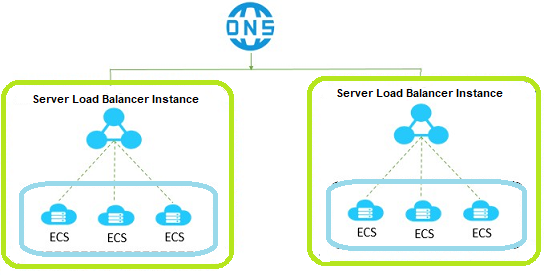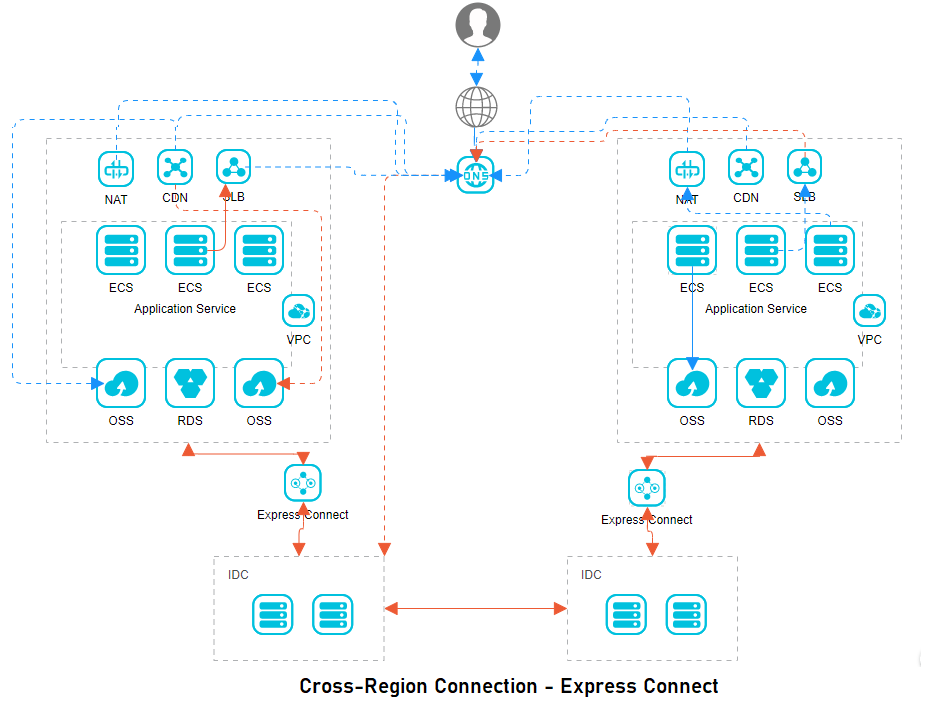By Shantanu Kaushik
The Internet is a vast resource made up of millions of servers processing data for users. The average user cannot comprehend the scale of services and solutions necessary to find the information they seek. The number of users and traffic increases simultaneously. If the traffic load is not managed correctly, the overall user experience will deteriorate and form an unstable experience.
Today, cloud services sit behind several layers of architecture working towards an approach for users to leverage its potential, including Auto Scaling to scale the resources used by the service and Server Load Balancer to balance the incoming traffic load evenly onto the provisioned ECS instances.
Multiple scenarios require different balancing levels to maintain high-availability scenarios. In this article, we will discuss the prominent features of Alibaba Cloud Server Load Balancer and its major usage scenarios.
Alibaba Cloud Server Load Balancer (SLB) instances are deployed on clusters. You can enable synchronized sessions and protect ECS instances tied with SLB to prevent single points of failure (SPOF) by deploying these instances in clusters. This practice provides better service stability and improved redundancy.
Alibaba Cloud SLB can balance loads at the transport and application layers of the OSI model. The Server Load Balancer can also enable balancing using the TCP and UDP protocols with the HTTP and HTTPS protocols.
Some of the additional Alibaba Cloud SLB features are listed below:

Instances can be deployed across multiple zones in most regions. This allows cross-data-center disaster recovery scenarios to achieve high availability.
The Server Load Balancer helps define zones, such as the primary zone and secondary zone, when you decide to deploy SLB instances in two zones within the same region to facilitate automatic switchover to the secondary zone if the primary SLB instance faces an outage. We recommend registering your primary zone where most of your ECS instances are located. However, you should maintain a sufficient number of ECS instances in the secondary zone for service continuity and stability in case of a switchover.
When the service is restored for the primary zone, the traffic can be switched back automatically. This is an effective practice to define disaster recovery scenarios with SLB. Multiple Server Load Balancer instances can be deployed if a single SLB instance cannot handle the traffic distribution efficiently after you enable the primary and secondary zone disaster recovery scenario.
Deploying multiple SLB instances will form a geo-redundancy in service or a global load balancing scenario by deploying multiple SLB instances across zones and regions to enable cross-region disaster recovery.

Alibaba Cloud DNS can schedule requests for the deployed Server Load Balancer and Elastic Compute Service instance across the same or different regions.
Alibaba Cloud Server Load Balancer enables the availability of an ECS instance before distributing traffic to it. If an issue is detected, SLB will not utilize that ECS instance and switch it to a healthy instance to maintain an available and stable frontend.
Alibaba Cloud Server Load Balancer (SLB) works in high traffic scenarios. You can use it to balance the application loads by utilizing SLB to distribute the heavy traffic among ECS instances. Utilizing the SLB instances based on your needs enables you to scale in or out accordingly. Alibaba Cloud SLB works with application servers and web servers.
Let’s discuss some of the major usage scenarios with Server Load Balancer (SLB):
Let’s take a look at the chart below to understand the architecture behind this scenario:

The Server Load Balancer (SLB) in this scenario deploys multiple instances across regions and utilizes it to share the heavy traffic and distribute it across available instances. In this architecture, regions are isolated using Virtual Private Clouds (VPCs). A high-performing network connection is established between the regions using Alibaba Cloud Express Connect. You can leverage 10 GBPS bandwidth to interconnect multiple VPCs and enable heavy traffic management for multiple applications.
Audio and video streaming services need real-time management and a load balancing solution that can handle user requests without outages. A broadcast service might require dynamic scaling of SLB and ECS instances to handle user requests.
In this scenario, health checks help maintain high-availability since outages from an audio or video broadcast service can cause serious business losses.
The gaming industry is another high network utilization industry. A large number of resources work with static resources that need to be loaded, such as images. You can use Alibaba Cloud Content Delivery Network (CDN) and Object Storage Service (OSS) to enable seamless and high-performance access to static resources for players worldwide.
Alibaba Cloud SLB will distribute the traffic to ensure the gaming experience performs at a high level without latency.
Alibaba Cloud SLB utilizes the GEO DNS service to help users access the website. The DNS service distributes and routes requests from users towards relevant business systems across multiple regions. This is possible as a result of the highly efficient and intelligent address resolution. This multi-layer disaster recovery can enable high-availability across regions and zones.
Alibaba Cloud Server Load Balancer (SLB) is a highly efficient solution with multiple usage scenarios that are deeply integrated with several products and solutions within the Alibaba Cloud line-up. Many other highly sophisticated solutions and SDLC solutions, such as DevOps, are inefficient without the Server Load Balancer. Managing network traffic to enable smooth operations is an art.

2,599 posts | 764 followers
FollowAlibaba Clouder - March 2, 2021
Alibaba Clouder - April 8, 2021
Alibaba Clouder - March 2, 2021
Alibaba Clouder - April 9, 2021
Alibaba Clouder - April 26, 2021
Alibaba Developer - October 24, 2019

2,599 posts | 764 followers
Follow Auto Scaling
Auto Scaling
Auto Scaling automatically adjusts computing resources based on your business cycle
Learn More Server Load Balancer
Server Load Balancer
Respond to sudden traffic spikes and minimize response time with Server Load Balancer
Learn More DevOps Solution
DevOps Solution
Accelerate software development and delivery by integrating DevOps with the cloud
Learn More Accelerated Global Networking Solution for Distance Learning
Accelerated Global Networking Solution for Distance Learning
Alibaba Cloud offers an accelerated global networking solution that makes distance learning just the same as in-class teaching.
Learn MoreMore Posts by Alibaba Clouder